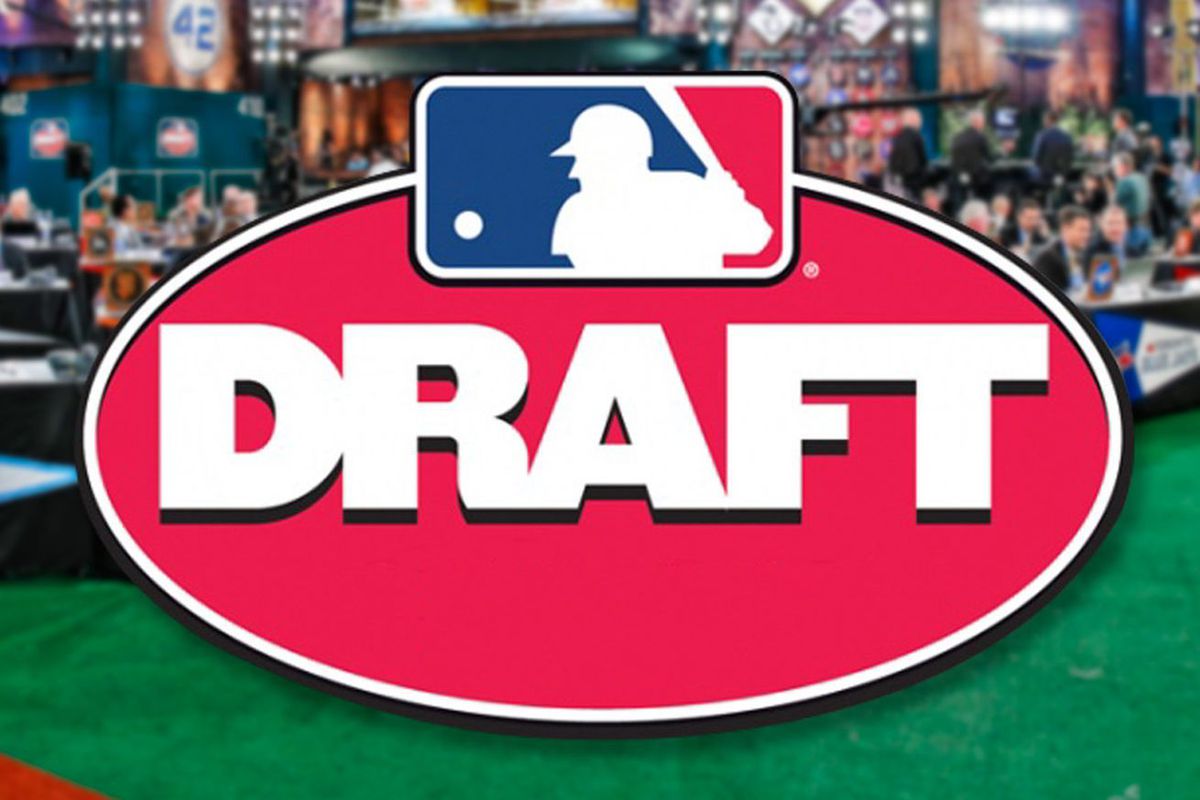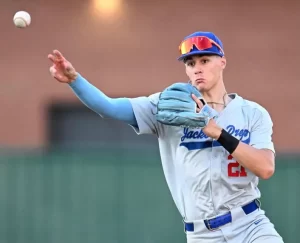2020 FutureSox Draft Tracker

via MLB PR
This year’s draft won’t be like the others in recent years, but we’re still going to cover it as much as possible at FutureSox with our annual Draft Tracker.
With just five rounds, there’s less to cover, but this will be a one-stop shop for info on each of the five White Sox selections. This tracker will be updated with signing bonus information as we get it.
The White Sox have $7,764,800 in bonus pool money to work with and, while there is some ability to go over, the teams face penalties for doing so. Jim Callis detailed the penalties for MLB.com:
Teams that outspend their allotment by 0-5 percent pay a 75 percent tax on the overage. At higher thresholds, clubs lose future picks: a first-rounder and a 75 percent tax for surpassing their pool by more than 5 and up to 10 percent; a first- and a second-rounder and a 100 percent tax for more than 10 and up to 15 percent; and two first-rounders and a 100 percent tax for more than 15 percent.
Click on a player for more information on the pick.
1 (11): Garrett Crochet, LHP, Tennessee, 6-foot-6, 218 pounds
Officially signed for slot value of $4,547,500.
The White Sox grab a lefty with the best college fastball in the draft according to Baseball America. He had been connected to the White Sox in multiple mock drafts on draft day and that held true despite a chaotic first 10 picks.
He has been used mostly as a reliever in three years with Tennessee, but he only made one appearance during his junior season due to the abbreviated season. In 2018 as a sophomore, six of his 18 appearances were starts. He posted a 4.02 ERA with 81 strikeouts in 65 innings. He missed some time that season after being hit with a line drive.
The velocity is as good as it gets. He can throw 100. His slider is also a plus pitch. The risk is that he doesn’t have the track record for various reasons.
On the MLB Network draft show, Al Leiter compared him to Chris Sale and Andrew Miller.
Read more about Crochet on our pre-draft profile of him.
2 (47): Jared Kelley, RHP, Refugio HS (Tex.), 6-3, 215 pounds
Signed: $3,000,000 bonus per Jonathan Mayo (slot was $1,580,200)
Kelley is one of the best high school arms in the draft. Among high school pitchers, Baseball America rated his fastball No. 1 (93-96), his changeup No. 2 and his control No. 3. The stuff and the arsenal are high-end, but Kelley is viewed as a tough sign with a Texas commitment. He would almost certainly need an overslot signing bonus, which explains why the White Sox went after underslot guys in the later rounds.
The one question mark with Kelley is his slider. His success as a pro will be determined by how well he can improve that pitch.
He was ranked No. 12 in the draft class by MLB.com. He was also named Gatorade National Baseball Player of the Year.
Our pre-draft profile of Kelley has more on the right-hander.
3 (83): Adisyn Coffey, RHP, Wabash Valley JC (Ill.), 6-2, 195
Signed: $50,000 bonus per Jim Callis (slot was $733,100)
Coffey is a redshirt sophomore who is a bit off the board, but the White Sox aimed to save some bonus money to give Kelley an overslot deal. On the MLB Network draft broadcast, Jim Callis said he throws 93-96 mph with his fastball and is a good athlete. He noted he was a shortstop prospect out of high school in Indiana.
Coffey committed to Louisville in February.
4 (112): Kade Mechals, RHP, Grand Canyon U., 5-11, 185 pounds
Signed: $10,000 bonus per Jim Callis (slot was $517,400)
Another under the radar prospect for the White Sox. Mechals, a redshirt junior, had Tommy John surgery in May and is 22 years old. Mechals threw 92 mph before surgery.
Despite his age and injury, he does have a track record of performance in college. In 2019 he had a 2.16 ERA with 100 strikeouts against 35 walks in 91 2/3 innings.
5 (142): Bailey Horn, LHP, Auburn. 6-2, 212 pounds
Signed: $150,000 bonus per Jim Callis (slot was $386,600)
Like Mechals, Horn has already had Tommy John surgery. Unlike Mechals, Horn has already recovered from it. He is a redshirt junior who is already 22 years old, which makes it seem like he could also be an underslot signing.
Horn does have good stuff though. His fastball can reach 94 and his best pitch is his slider, which has some scouts projecting him as a reliever.
After beginning his career in junior college, Horn spent the past two years in the SEC with Auburn. He made just five starts (and 13 more relief appearances) in 2019. He finished with 31 strikeouts, 20 walks and a 5.97 ERA in 37 2/3 innings.
This spring all four of his appearances were starts. The 2020 season hadn’t yet reached conference play, but the results were much better. Horn had a 2.08 ERA, with 27 strikeouts and five walks in 17 1/3 innings.







3 thoughts on “2020 FutureSox Draft Tracker”
Comments are closed.